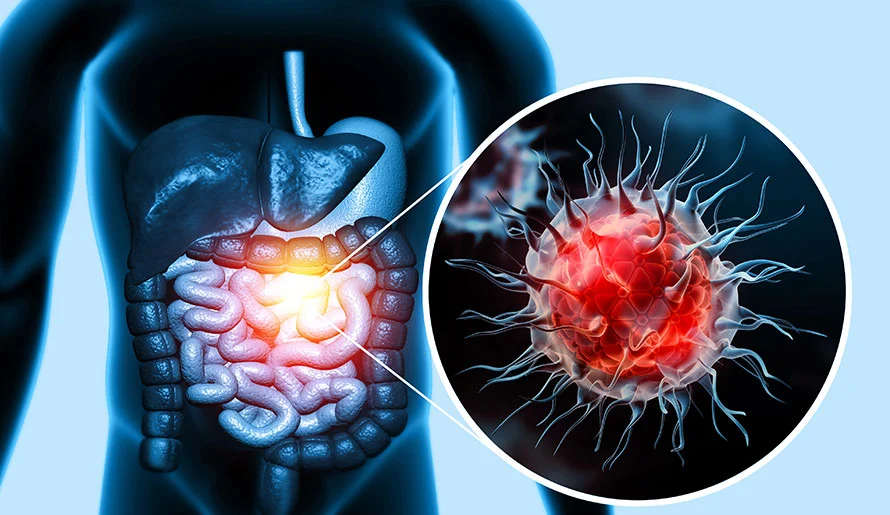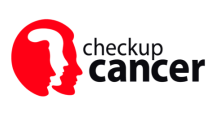WHAT IS CANCER AND HOW DOES IT AFFECT THE BODY?

Cancer can cause various symptoms and complications, depending on the type, location, stage and treatment of the disease. Some of the common effects of cancer are:
– Pain
– Fatigue
– Weight loss
– Nausea and vomiting – Infections
– Bleeding
– Hormonal changes
– Emotional distress
## How Does Cancer Start?
Cancer starts when the normal process of cell division goes wrong. Normally, human cells grow and multiply (through a process called cell division) to form new cells as the body needs them. When cells grow old or become damaged, they die, and new cells take their place.
Sometimes, this orderly process breaks down, and abnormal or damaged cells grow and multiply when they shouldn’t. These cells may form tumors, which are lumps of tissue. Tumors can be cancerous or not cancerous (benign).
Cancerous tumors are also called malignant tumors. They can invade nearby tissues and spread to other areas of the body through the blood or lymphatic system. This is how cancer can affect different parts of the body.
Benign tumors do not spread to other parts of the body. They can sometimes be quite large, however, and cause problems by pressing on nearby organs or nerves. Some benign tumors can also turn into cancer over time.
## What Causes Cancer?
Cancer is caused by changes in the DNA of cells. DNA is the molecule that contains the instructions for how cells function. Changes in DNA can be inherited from parents or acquired during a person’s lifetime.
Inherited changes are also called genetic mutations. They are present in every cell of the body from birth and can increase the risk of developing certain types of cancer. For example, some people have inherited mutations in the BRCA1 or BRCA2 genes, which normally help repair damaged DNA. These mutations increase the risk of developing breast and ovarian cancer.
Acquired changes are also called somatic mutations. They occur in some cells during a person’s lifetime and are not passed on to offspring. They can be caused by various factors, such as:
– Exposure to radiation – Exposure to chemicals – Exposure to viruses
– Smoking
– Diet
– Obesity
– Hormones
– Aging
Acquired mutations can accumulate over time and lead to cancer. Usually, more than one mutation is needed for a cell to become cancerous.
## How Is Cancer Diagnosed and Treated?
Cancer is diagnosed by examining a sample of tissue or fluid from the affected area under a microscope or by using other tests, such as blood tests, imaging tests or genetic tests.
The treatment of cancer depends on many factors, such as:
– The type and stage of cancer
– The location and size of the tumor
– The patient’s age and general health – The patient’s preferences and goals
The main types of treatment for cancer are:
– Surgery: The removal of the tumor and some surrounding normal tissue.
– Radiation therapy: The use of high-energy rays or particles to kill cancer cells or shrink tumors.
– Chemotherapy: The use of drugs to kill cancer cells or stop them from growing.
– Immunotherapy: The use of substances that stimulate the immune system to fight cancer.
– Targeted therapy: The use of drugs that target specific features of cancer cells.
– Hormone therapy: The use of drugs that block or add hormones that affect cancer growth.
– Stem cell transplant: The replacement of diseased bone marrow with healthy stem cells from a donor.
– Palliative care: The care that aims to improve the quality of life of patients and their families by relieving pain and other symptoms.
Some patients may receive one type of treatment or a combination of different treatments. Some treatments may have side effects that need to be managed.
## How Can Cancer Be Prevented?
Many cases of cancer can be prevented by avoiding or reducing exposure to known risk factors, such as:
– Tobacco use
– Alcohol use
– Sun exposure
– Environmental pollutants
– Infectious agents
Some other ways to prevent cancer are:
– Eating a healthy diet rich in fruits, vegetables, whole grains and lean proteins
– Maintaining a healthy weight
– Being physically active
– Getting vaccinated against certain viruses that can cause cancer, such as human papillomavirus (HPV) and hepatitis B virus (HBV)
– Getting regular screening tests for certain types of cancer, such as breast, cervical, colorectal and prostate cancer
## Conclusion
Cancer is a complex and challenging disease that affects millions of people around the world. It can cause various symptoms and complications, depending on the type, location, stage and treatment of the disease.
Cancer is caused by changes in the DNA of cells that make them grow uncontrollably and spread to other parts of the body. Some of these changes can be inherited from parents or acquired during a person’s lifetime.
Cancer is diagnosed by examining a sample of tissue or fluid from the affected area or by using other tests. The treatment of cancer depends on many factors and may include surgery, radiation therapy, chemotherapy, immunotherapy, targeted therapy, hormone therapy, stem cell transplant or palliative care.
Many cases of cancer can be prevented by avoiding or reducing exposure to known risk factors and by adopting a healthy lifestyle. Getting vaccinated and screened for certain types of cancer can also help prevent or detect cancer early.
Cancer is a serious disease that requires medical attention and support. If you or someone you know has any signs or symptoms of cancer, please consult a doctor as soon as possible.
## References
(1) What Is Cancer? – NCI – National Cancer Institute. https://www.cancer.gov/about-cancer/understanding/what-is-cancer
(2) Cancer – World Health Organization (WHO). https://www.who.int/health-topics/cancer
(3) Cancer – Wikipedia – https://en.wikipediaorg/wiki/Cancer

